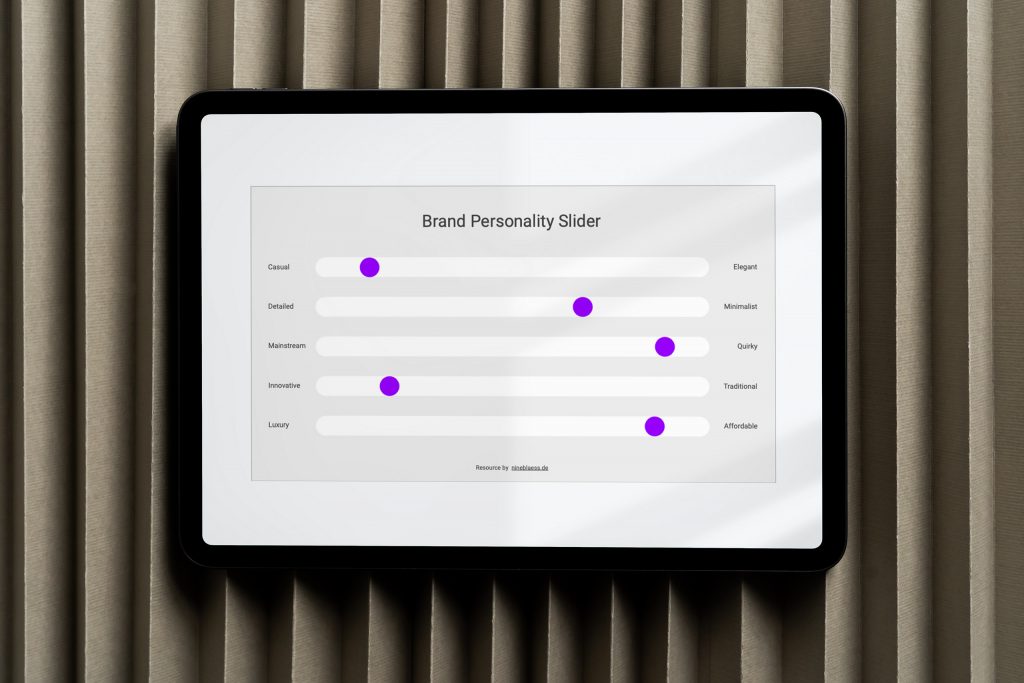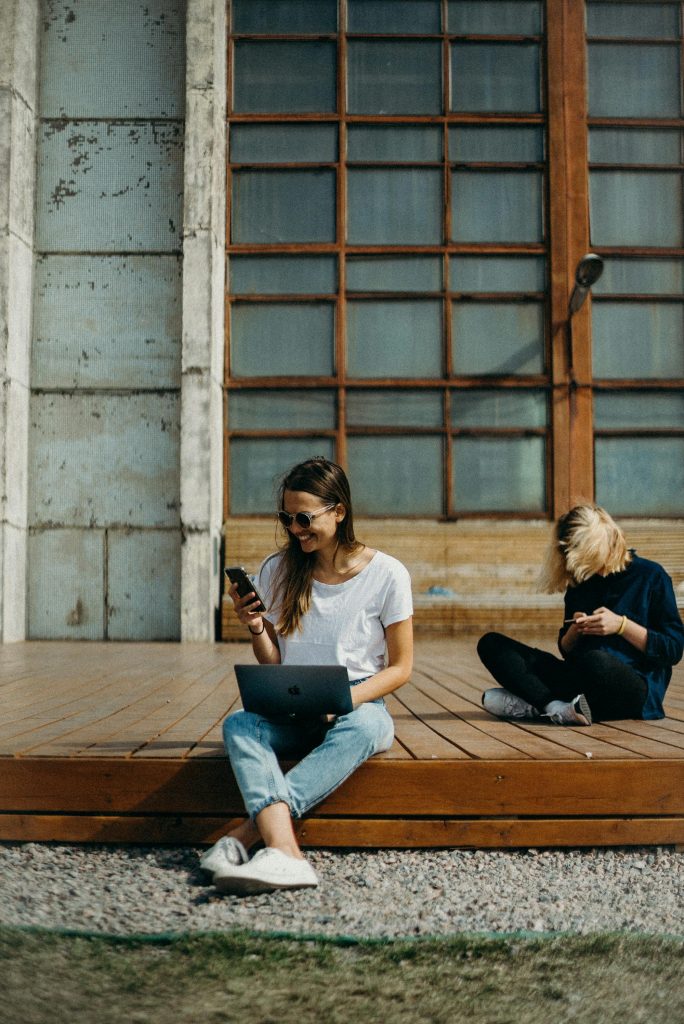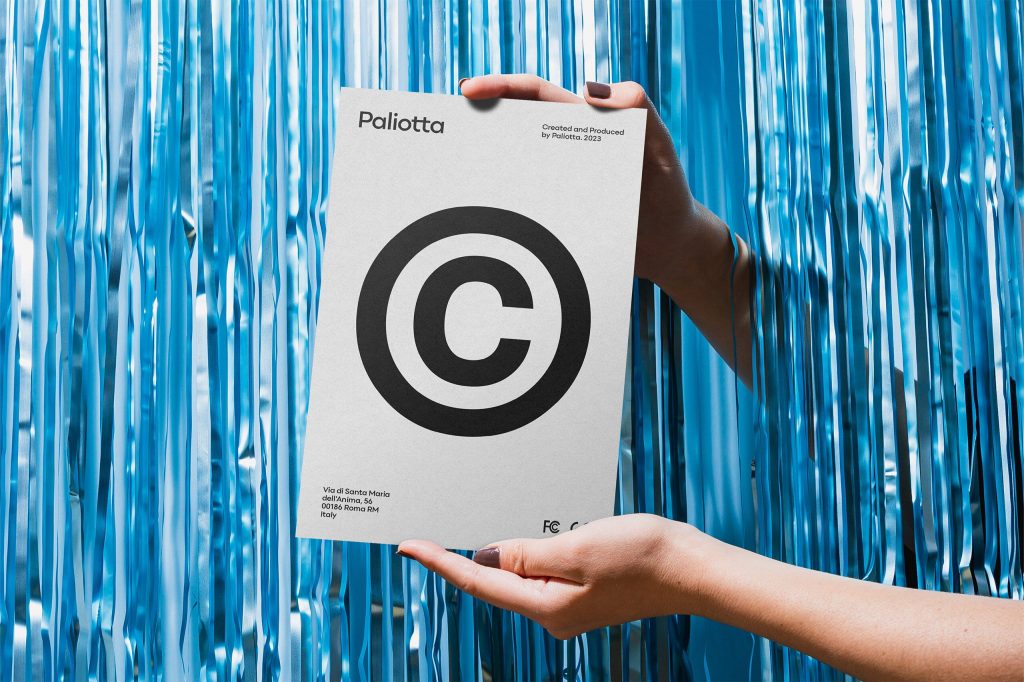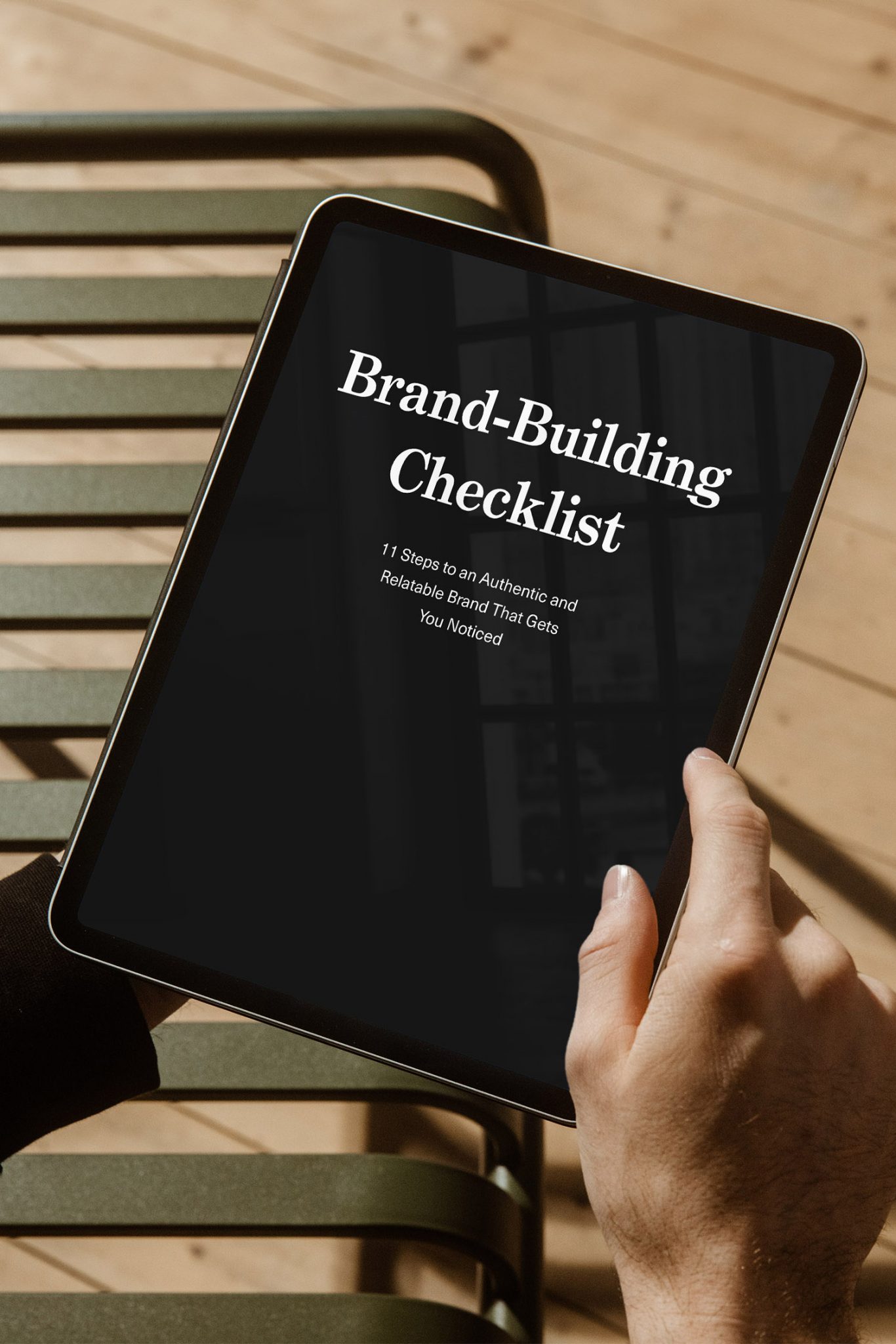Have you ever wondered why we sometimes make decisions and behave in seemingly ludicrous ways? Our brains like to take shortcuts by using so-called cognitive biases and heuristics. In this article, I have compiled 25 cognitive biases along with examples that explain the seemingly irrational behaviour of consumers and humans in general.
Before we dive into the 25 cognitive biases, though, let’s clarify what a cognitive bias is.
What Is a Cognitive Bias?
A cognitive bias is an unconscious error in our thinking. It’s caused by our brains’ constant attempts to simplify the complex world around us.
This can lead us to misinterpret information, which affects the rationality and accuracy of our judgments and decision-making.
Now that we have clarified this let’s look at some examples.
25 Cognitive Biases Explained
1. Action Bias
Why did people hoard toilet paper as a response to COVID?
When faced with ambiguity, we like to do something rather than nothing—even if our actions have no real benefit.
Action gives us a sense of control and security.
Example
In soccer, goalkeepers often jump to the side during penalty kicks when, statistically, they would be better off staying in the middle of the goal.[1]
2. Ambiguity Effect
Why do we prefer clear choices over ones with unclear outcomes?
We tend to avoid choices where the outcome is uncertain or ambiguous.
Our decision-making is heavily influenced by the amount of information available on a topic—a lack of information puts us off making a decision altogether.
For example, online shoppers who can’t find all relevant information, such as delivery times or prices, will probably opt to buy elsewhere to avoid the uncertainty of the initial choice.
Example
Research by Buddy Media (now owned by Salesforce) shows that despite the popularity of URL shorteners, user engagement is three times higher with full-length URLs. That’s because people can see what’s behind them.
3. Anchoring Bias
Why do we love to buy things at a discount?
We often rely heavily on the first piece of information we have about a topic. When a t-shirt is discounted from $100 to $60, the original price anchor makes $60 seem cheap, even though it’s not.
Example
For the same reason, when buying a car, there is a good chance that the salesperson will show you a more expensive model before presenting you with a cheaper car.
4. Authority Bias
Why do we trust the opinions of leaders more?
We tend to place an irrational amount of trust in the judgement of experts and authorities.
This can lead us to accept information or follow instructions from authorities without questioning them critically.
Example
Lucky Strike was the first cigarette brand to exploit the authority bias by using the image of a doctor in its advertising. I know it’s hard to believe today!
5. Availability Heuristic
Why do we think climate change suddenly got worse?
When making a decision, we often rely on the information we have readily available.
If a topic receives more attention in the media, for example, it becomes more present in our memory, which leads us to overestimate its significance.
Example
Most people fear terrorism more than they worry about car accidents, even though the latter is a far more likely cause of death, as Yuval Noah Harari wrote for The Guardian:
“In 2002, at the height of the Palestinian terror campaign against Israel, when buses and restaurants were hit every few days, the yearly toll reached 451 dead Israelis. In the same year, 542 Israelis were killed in car accidents.”
6. Bandwagon Effect
Why do trends catch on?
We adopt certain behaviours or beliefs simply because others do the same. Essentially, people “jump on the bandwagon” to conform to the perceived majority opinion.
Example
The bandwagon effect is thought to influence political elections. Voters are attracted to parties or candidates they believe are popular and likelier to win.
7. Base Rate Neglect
Why do we turn a blind eye to statistical information?
We tend to rely more on specific information than general statistical data (base rates) when making judgments or decisions.
Example
Here is a thought experiment developed by Daniel Kahneman:
“Linda is thirty-one years old, single, outspoken, and very bright. She majored in philosophy. As a student, she was deeply concerned with issues of discrimination and social justice and participated in anti-nuclear demonstrations. Which alternative is more probable?
- Linda is a bank teller.
- Linda is a bank teller and is active in the feminist movement.”
Do you think the second option is more probable? It fits better into the story we made up about Linda. But statistically, option one is much more likely.[2]
8. Cognitive Dissonance
Why is it so hard to change our minds?
We often feel an inner conflict when we encounter opposing beliefs, attitudes, or values. Therefore, we may avoid, suppress, or reject information that contradicts our views.
Example
A study found that Israeli Jews were less favourable towards a peace plan when it was credited to the Palestinians than when it was credited to their government.
9. Confirmation Bias
Why do we only notice what we want to see?
We often search for, interpret, favour, and recall information in a way that confirms our preexisting beliefs.
Example
Maybe we like social media so much because it shows us what we want to see.
Social media algorithms learn what users like. They then offer corresponding information, making the user stay on the platform longer. However, this also draws the user into a spiral of the same ideas, a so-called echo chamber.
10. Decoy Effect
Why are services and products so often offered in three price tiers?
We can sway a person’s decision between two options by adding a third decoy option that is more desirable than one but less desirable than the other.
Example
An example comes from the psychologist and behavioural economist Dan Ariely. For The Economist magazine, he came up with three subscription options:
- One-year subscription to Economist.com (full access to all online articles), US $59.00
- One-year subscription to The Economist print edition, US $125.00 (decoy)
- Print and web subscription, US $125.00
Introducing the decoy option led 84 % of subscribers to choose option three, compared to 32 % when no decoy was given.[3]
11. Empathy Gap
Why do we have such a hard time empathising with others?
We tend to underestimate how much our emotions influence our judgment and decisions.
We find it difficult to take the perspective of someone in a different mental state from us, be it another person or our future self.
Example
The empathy gap is why we find it challenging to recognise that someone does not have the same feelings towards us as we do towards them.
12. Endowment Effect
Why do we overcharge when we sell things we own?
We tend to value items more when we own them.
People from individualistic cultures are more prone to self-enhancement than those from collectivistic cultures. Research suggests that this leads to a more pronounced endowment effect in Western people compared to East Asian people.
Example
In an experiment, students received a free mug and later got the chance to sell it. Others received no gift and were later asked how much they would spend on a mug.
A mug-owner valued the item twice as high as someone who hadn’t received the gift.[2]
13. Framing Effect
Why is a half-full cup better than a half-empty one?
We interpret the same information differently depending on its presentation.
Would you rather buy a juice with 90% natural or 10% artificial ingredients?
Example
Along these lines, brands can turn a disadvantage into an advantage.
Guinness has successfully done this. The company suffered losses because it took much longer to pour than other beers. But it turned its weakness into a strength by creating a ritual out of the pouring process.
The campaign ‘Good things come to those who wait’ was born.[4]
14. Halo Effect
Why do teachers expect attractive students to perform better?
We tend to believe that people or things doing well in one area will also excel in other areas.
Example
People associate attractive packaging with high-quality, more expensive products.
Do you want to learn more about this cognitive bias? I have written a detailed blog post on the Halo Effect in branding and marketing.
15. IKEA Effect
Why do we value things more when we made them?
The IKEA effect describes that we tend to value things more when we put effort into creating them.
Example
Dan Ariely suggests that parents value their own children more than other people do because they have invested so much time and energy into raising them.
16. Loss Aversion
Why does losing $100 hurt more than gaining the same amount?
We feel the pain of losing something more intensely than the pleasure of gaining something of equal value.
In fact, the pain of a loss is twice as intense as the pleasure of gaining.
Example
The economists Richard Thaler and Shlomo Benartzi developed the ‘Save More Tomorrow‘ pension model.
Instead of paying a certain amount into their pension fund monthly, people sign up to pay a percentage of future pay rises—say, 20% of a $500 pay rise. This way, it never feels like losing money.[3]
17. Mere Exposure Effect
Why do things grow on us?
The more we encounter something, the more familiar it becomes, and the more we tend to like it.
Example
Robert Zajonc conducted an experiment where participants read foreign words aloud multiple times. He found words read more often were liked more by participants.
18. Noble Edge Effect
Why do we love Patagonia so much?
The Noble Edge effect suggests that for a brand that acts morally and ethically, people tend to view that brand more positively and might choose it over others.
Example
In a wine-tasting experiment, participants who were told that a winery donated 10% of its sales revenue to charity, rated the wine higher than those who did not have this information.
19. Paradox of Choice
Why is it so difficult to decide when we have too many options?
We tend to struggle to make decisions, are less satisfied with our choices, and are more likely to experience regret when presented with too many options.
Example
A paper points out that a typical American supermarket carries over 30,000 items, and more than 20,000 new products hit the shelves every year. And increasing choice and affluence go hand in hand with a decline in well-being. Can you relate?
20. Peak-end rule
Why does a negative ending overshadow an otherwise pleasant holiday in our memory?
When evaluating an experience, we tend to overrate our feelings at the peak and end, regardless of whether they’re positive or negative.
Example
Researchers found that colonoscopies were remembered as less painful when doctors extended them by a few minutes and made those extra minutes a little less painful.
21. Primacy Effect
Why can we remember the first few items on our shopping list more easily?
This is due to the primacy effect, meaning we tend to recall initial information more quickly than subsequent info.
Example
First impressions at a job interview count disproportionately. A survey by Simply Hired showed that 93% of hiring managers viewed arriving late for an interview as highly unfavourable.
22. Priming Effect
Why do we think ‘yellow’ when we hear ‘lemon’?
Exposure to a stimulus can affect our response to a subsequent stimulus because our brain stores information in clusters, the so-called schemas.
Example
Did you know that branding can trigger a certain feeling in people?
A study by Boston College found that video gamers who used Red Bull-branded race cars were more aggressive and risk-taking.
23. Recency Effect
Why do we recall information from the end of a presentation more effectively?
We have a tendency to remember the last piece of information better than what was presented in the middle.
Example
The Recency Effect is the reason why summarising helps in learning.
24. Salience Bias
Why do we find it hard to resist cake?
Rather than objectively evaluating all available information, we tend to focus on a situation’s most noticeable, prominent aspects.
In the case of the cake, the smell and taste may be more apparent than the calories and nutritional value.
Example
Research shows that most people enjoy the immediate feeling of a warm shower, but few think about how much energy and water it involves.
25. Spotlight Effect
Why do we think the world revolves around us?
We often feel that others are paying more attention to our appearance, behaviour, or actions than they really are.
Example
An experiment asked people to wear an embarrassing Barry Manilow T-shirt.
The T-shirt wearers predicted that about half the people who saw them would notice the T-shirt. But in reality, only about a quarter did.
How to Overcome Cognitive Biases
I hope you found my breakdown of these 25 cognitive biases helpful.
Now, you might wonder how to protect yourself against these biases and make more rational decisions.
Here are some thoughts on this:
- Acknowledge cognitive biases; they affect you, too, and generally exist to help you.
- Get information from different sources and perspectives to get a more holistic picture.
- Reflect on and regularly review your thoughts and decisions. Question your assumptions and weigh up alternatives.
- Don’t act impulsively. Take your time to make informed decisions.
If you have questions, input, or know of other great examples, I would love to hear from you.
In the meantime, you might like my article The Art of Persuasion: 10 Cognitive Biases Brands Can Leverage, which explicitly discusses cognitive biases in branding.
Another interesting read is How Ogilvy Used Psychology to Increase Sales of KFC French Fries by 56% by Sam Tatam, which I translated for InsideBE.
References
[1] Bar-Eli, M., Azar, O. H., Ritov, I., Keidar-Levin, Y., & Schein, G. (2007). Action bias among elite soccer goalkeepers: The case of penalty kicks. Journal of Economic Psychology, 28 (5), 606-621.
[2] Daniel Kahneman (2012). Thinking, Fast and Slow. Penguin Books Ltd
[3] Rory Sutherland (2019). Alchemy: The Surprising Power of Ideas That Don’t Make Sense. Penguin Random House
[4] Martin Lindstrom (2008). Buyology: Truth and Lies About Why We Buy. Crown Business
Title image byPhoto by Amina Filkins






